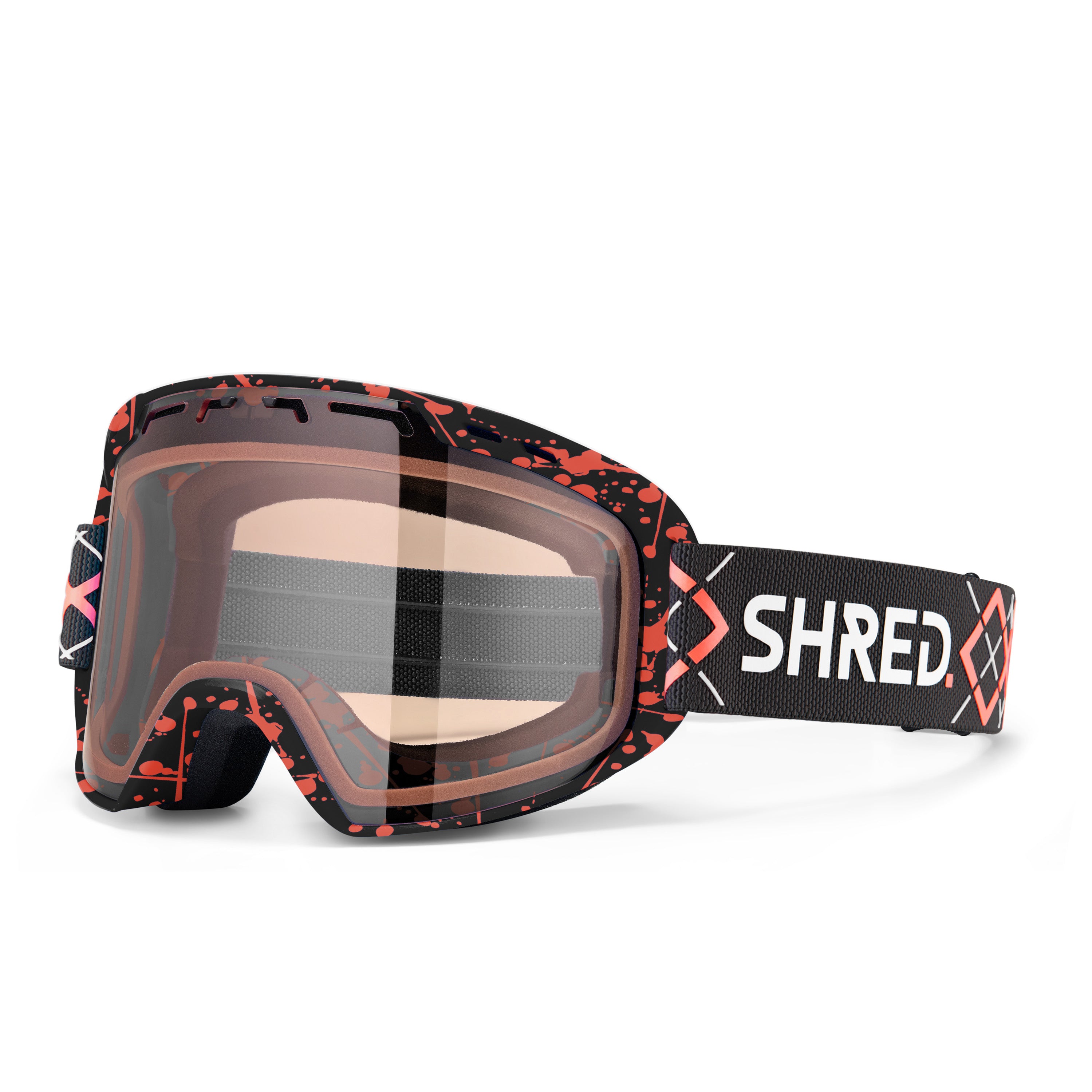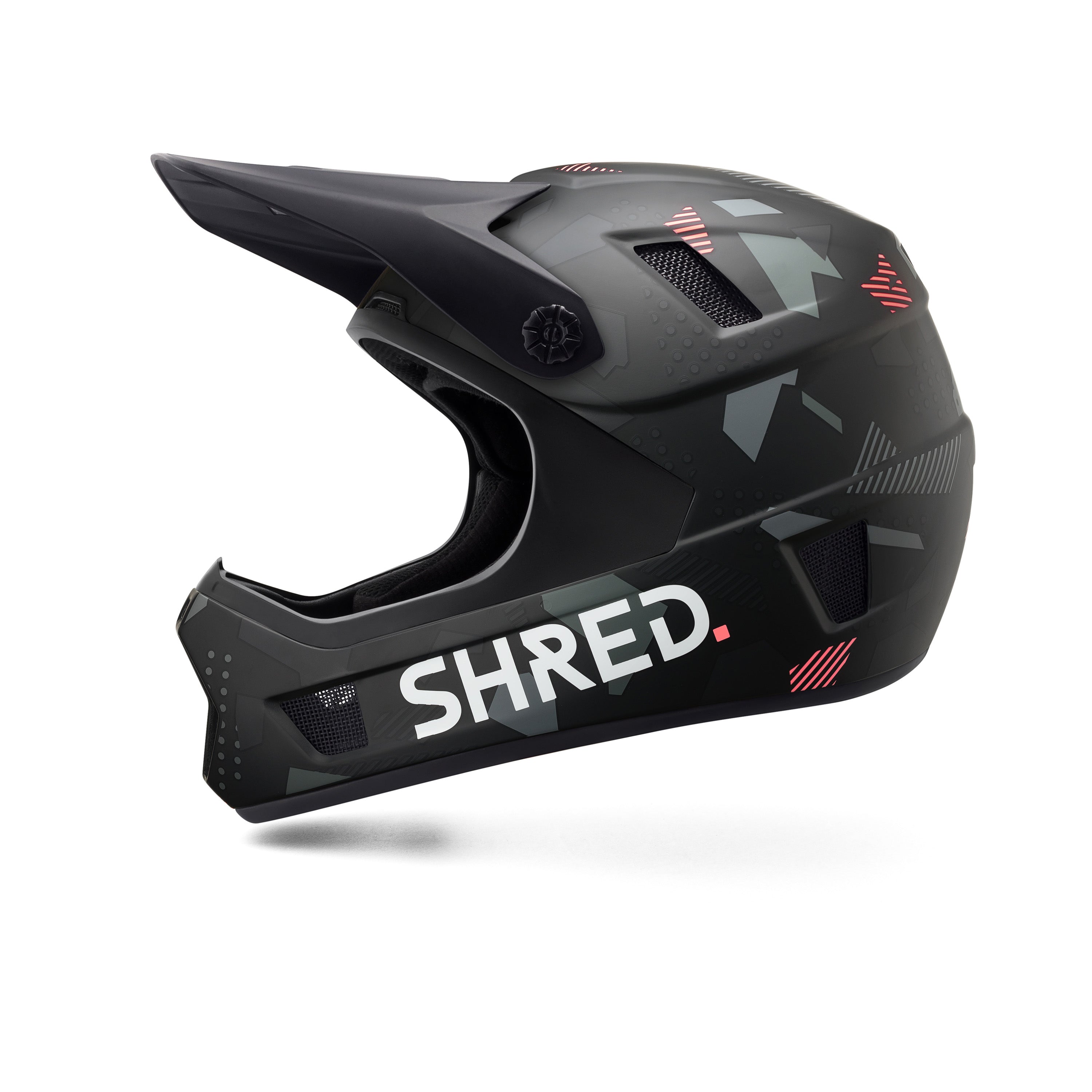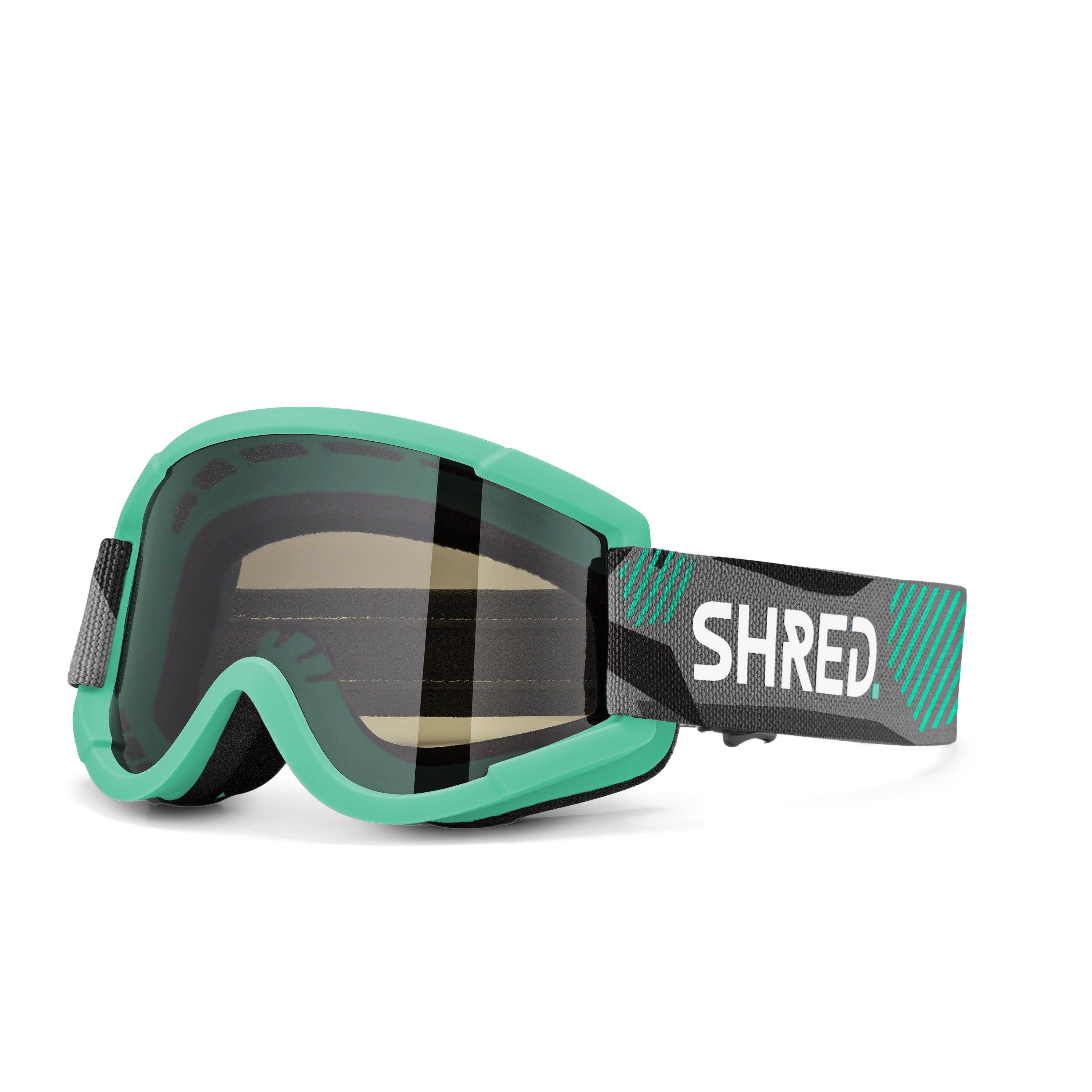Section 1: Inspection
Age Factor:
Helmets gradually lose effectiveness due to material degradation. Generally, replacing your helmet every 3-5 years is recommended, depending on how frequently you ride.
Storage Practices:
Store your helmet in a cool, dry place, away from direct sunlight and extreme temperatures. Avoid compressing it under heavy objects.
Section 2: Assessment
Shell Condition:
Regularly inspect the shell for cracks, dents, or significant scratches, which can affect the helmet’s integrity.
Impact History:
Any significant impact can compromise a helmet's protective properties. If your helmet has taken a significant hit, it's wise to replace it.
Buckle and Straps:
Check the buckle and straps for signs of wear or damage. A malfunctioning buckle or damaged straps could reduce the helmet's effectiveness.

Section 3: Care and Maintenance
Fit and Comfort:
The helmet should fit snugly and comfortably. An ill-fitting helmet cannot provide full protection.
Interior Padding:
Check the condition of the padding. Padding that has worn out or degraded should be replaced to maintain protection.
Conclusion:
Protection on the trails is key. Regular care and timely replacement of your mountain bike helmet ensure you are well protected. If your helmet shows signs of wear or doesn’t pass the maintenance checks, it’s time to consider an upgrade.
[Explore our collection and stay protected while enjoying the thrill of the mountains.]
Carlo Salmini, Co-Founder of SHRED., Materials Engineer, and MIT Graduate
FAQs:
Can I attach a camera or light to my mountain bike helmet without compromising its protective properties?
When it comes to attaching cameras or lights to a mountain bike helmet, it's essential to consider the design of the helmet and the attachment mechanism. While some helmets are designed with mounts for such accessories, adding weight or altering the structure of a helmet that's not designed for it can potentially compromise its protective capabilities. It's best to use helmets with integrated mounting systems or follow manufacturer recommendations for attachments to ensure safety isn’t compromised.
If my helmet has sustained several minor impacts but shows no visible damage, should I still consider replacing it?
For helmets that have been subjected to multiple minor impacts, the general rule is to err on the side of caution. While minor impacts may not always result in visible damage, they can still degrade the protective materials inside the helmet. Over time, these minor impacts can accumulate, reducing the helmet's ability to protect in the event of a major impact. If a helmet has experienced several minor impacts, it may be wise to replace it, especially if it's nearing the end of its recommended usage period.
What cleaning agents are safe to use on my mountain bike helmet without damaging its material or protective coating?
When cleaning a mountain bike helmet, it’s crucial to use gentle, non-abrasive cleaning agents. Mild soap and lukewarm water are typically sufficient for cleaning both the shell and the interior padding. Avoid using harsh chemicals, solvents, or abrasive cleaners, as these can degrade the materials of the helmet and diminish its protective qualities. After cleaning, ensure that the helmet is completely air-dried in a cool, shaded place before using it again.


























































































Leave a comment
This site is protected by hCaptcha and the hCaptcha Privacy Policy and Terms of Service apply.